Better communication between surgeons and engineers, better fit, and faster design iteration are among the benefits of using virtual patients for implant R&D.
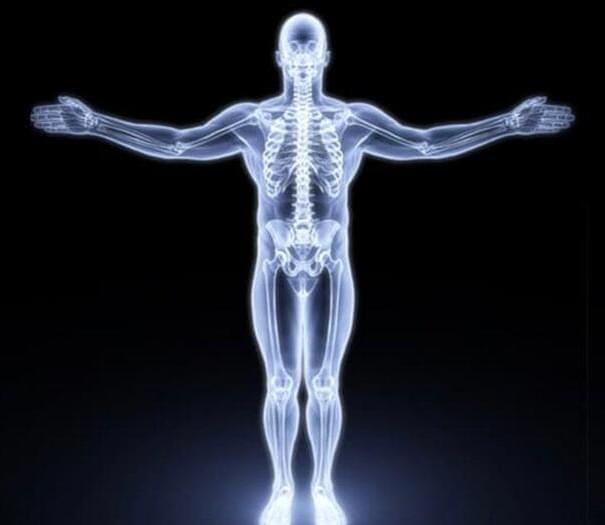

75 years after Erwin Schrödinger’s prescient description of something like DNA, we still don’t know the ‘laws of life.’
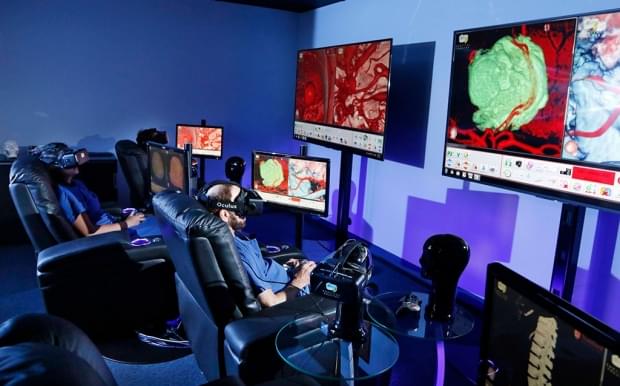
Having undergone two aneurysm surgeries, Sandi Rodoni thought she understood everything about the procedure. But when it came time for her third surgery, the Watsonville, California, resident was treated to a virtual reality trip inside her own brain.
Stanford Medicine is using a new software system that combines imaging from MRIs, CT scans and angiograms to create a three-dimensional model that physicians and patients can see and manipulate — just like a virtual reality game.
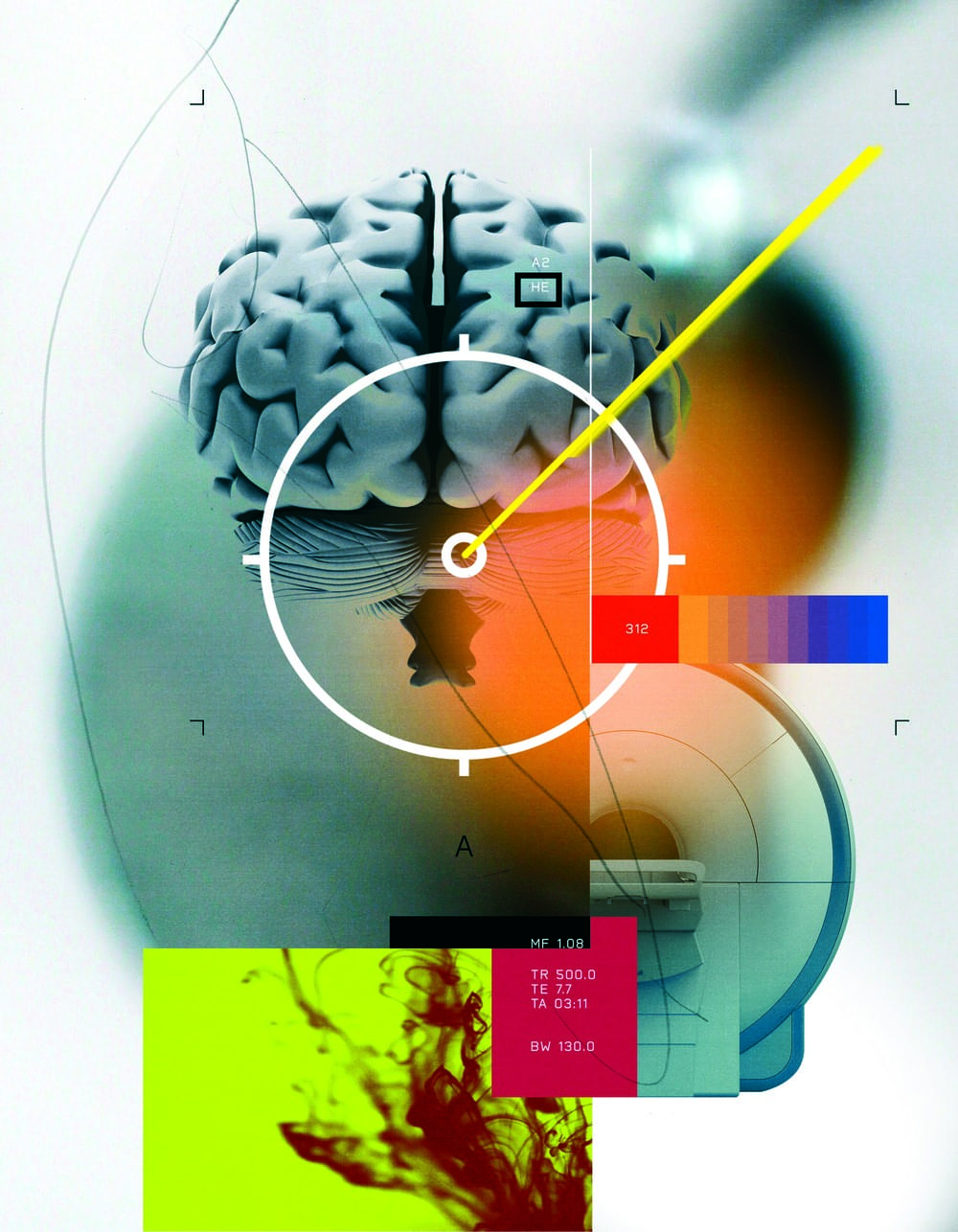
I want one so I can do my chores better. But.
Seriously, this is cool.
https://sc.mp/subscribe-youtube.
For more on this: https://sc.mp/sdv6
Masahiko Inami and his team at the University of Tokyo have developed a wearable multi-armed device called “Jizai Arms”, to study social interaction among users of robotic limbs. Controlled remotely, the device has sockets for up to six articulated arms that can be removed and attached. The project seeks to explore how technology can function as an extension of the human body.
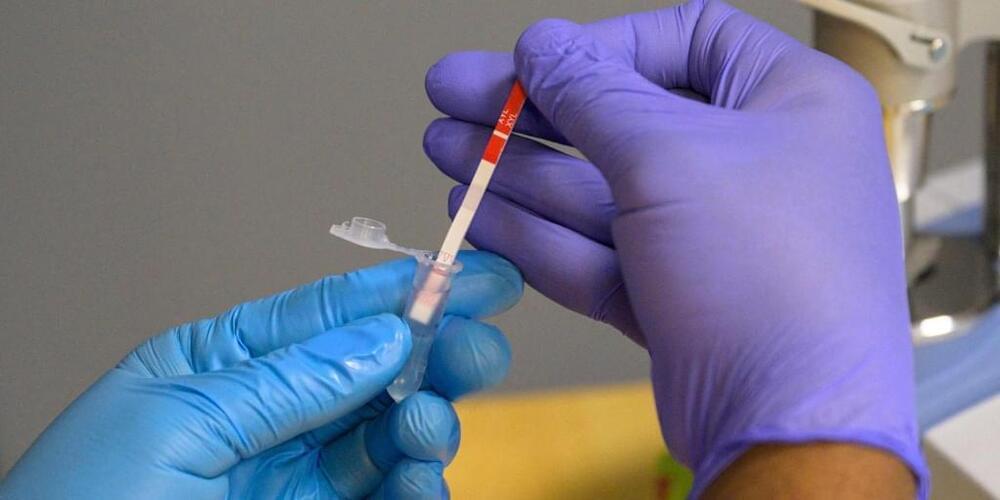
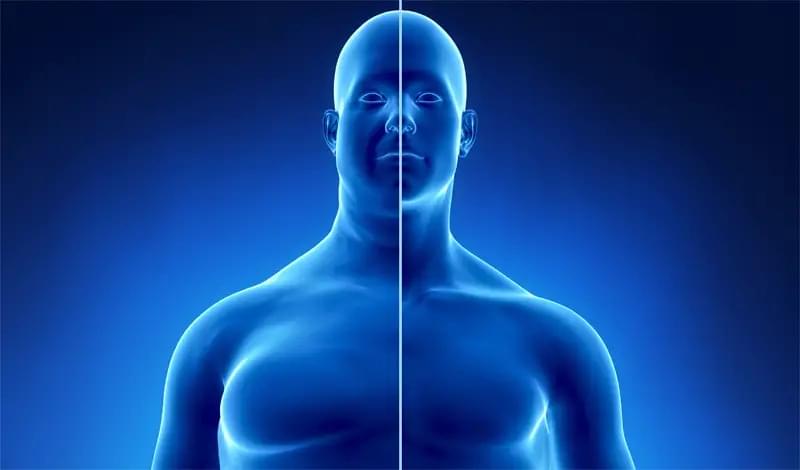
In a significant advance for the treatment of obesity, biotech giant Eli Lilly has announced the results from a trial of retatrutide, which produced a staggering 24.2% weight loss in patients.
Obesity, defined as a body mass index (BMI) of 30 or higher, is a major health issue that has increased significantly over the years. As of today, it affects over 42% of adults in the United States, with 20% of children and adolescents also affected. Worldwide, more than 1 billion people are dealing with the condition, including 650 million adults, 340 million adolescents, and 39 million children.
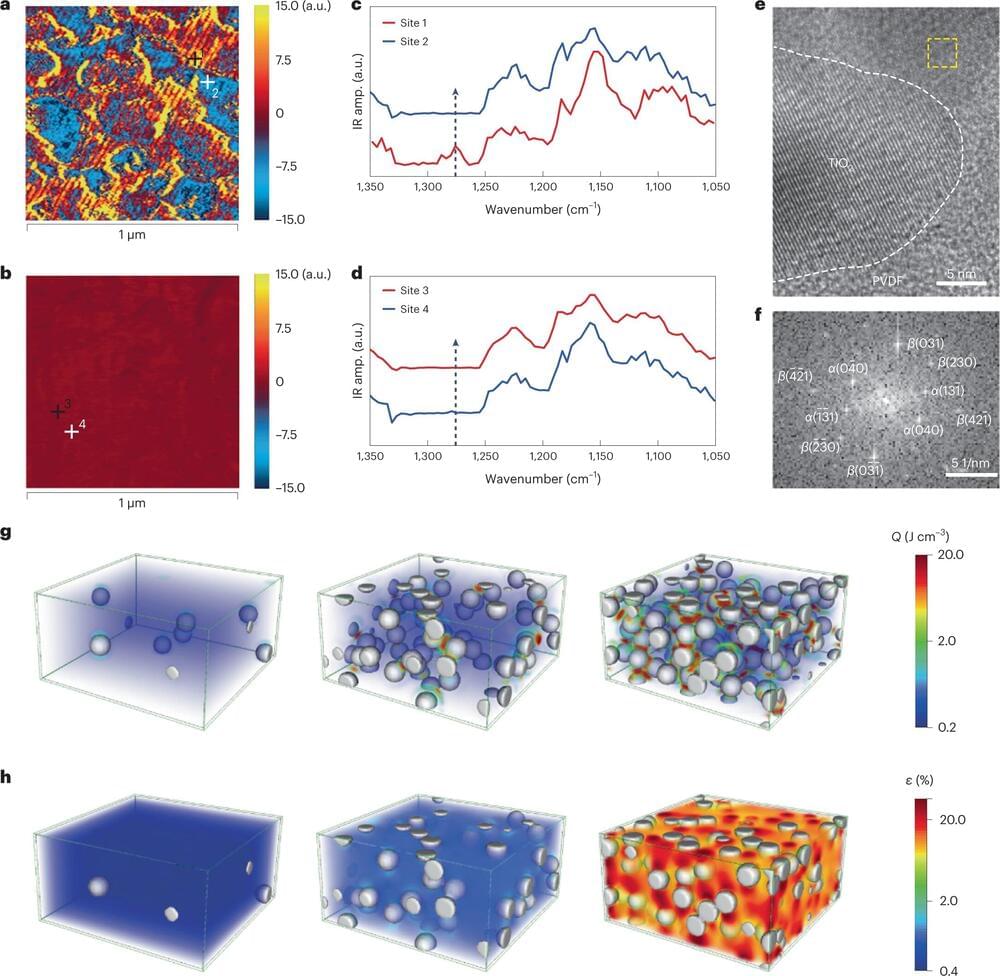
A new type of ferroelectric polymer that is exceptionally good at converting electrical energy into mechanical strain holds promise as a high-performance motion controller or “actuator” with great potential for applications in medical devices, advanced robotics, and precision positioning systems, according to a team of international researchers led by Penn State.
Mechanical strain, how a material changes shape when force is applied, is an important property for an actuator, which is any material that will change or deform when an external force such as electrical energy is applied. Traditionally, these actuator materials were rigid, but soft actuators such as ferrroelectric polymers display higher flexibility and environmental adaptability.
The research demonstrated the potential of ferroelectric polymer nanocomposites to overcome the limitations of traditional piezoelectric polymer composites, offering a promising avenue for the development of soft actuators with enhanced strain performance and mechanical energy density. Soft actuators are especially of interest to robotics researchers due to its strength, power and flexibility.

I believe that homelessness is often seen in America or other parts of the world as bad but with Finland they have found a housing first approach which has stopped nearly all homelessness there. I believe also regenerative medicine and lots of transhumanistic approaches to medicine would help end their aging and even repair their body if needed. Also if we research the brain we can finally discover and repair genes throughout the body essentially bringing them back near perfect and beyond. Along with ethical approaches towards a more cultural relativistic approach to all humans could show everyone how to coexist. It is still a problem of aging though which is still curable and in extreme cases will be eventually solved in the future. I think with a more comprehensive understanding of all transhumansistic medicine it would be possible to save all lives so no one is left behind.
OK, so the Finns are more generous and just shell out a lot more to help the homeless, right? Actually not. The Finns are simply smarter.
Instead of abandoning the homeless, they housed them. And that led to an insight: people tend to function better when they’re not living on the street or under a bridge. Who would have guessed?
It turns out that, given a place to live, Finland’s homeless were better able to deal with addictions and other problems, not to mention handling job applications. So, more than a decade after the launch of the “Housing First” policy, 80 per cent of Finland’s homeless are doing well, still living in the housing they’d been provided with — but now paying the rent on their own.

A study led by researchers at Sanford Burnham Prebys has found that in young women, certain genetic mutations are associated with treatment-resistant breast cancer. These mutations are not linked to treatment-resistant breast cancer in older women. The findings, published in the journal Science Advances, could help improve precision medicine and suggest a brand-new way of classifying breast cancer.
“It’s well established that as you get older, you’re more likely to develop cancer. But we’re finding that this may not be true for all cancers depending on a person’s genetic makeup,” says senior author Svasti Haricharan, Ph.D., an assistant professor at Sanford Burnham Prebys. “There may be completely different mechanisms driving cancer in younger and older people, which requires adjusting our view of aging and cancer.”
The research primarily focused on ER+/HER2-breast cancer, which is one of the most common forms of the disease. It is usually treated with hormonal therapies, but for some patients, these treatments don’t work. About 20% of tumors resist treatment from the very beginning, and up to 40% develop resistance over time.